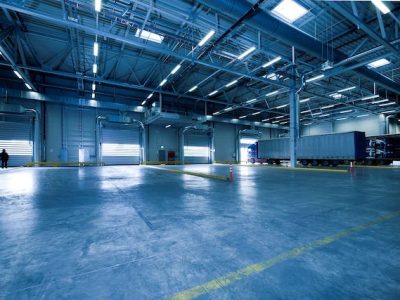
Materials
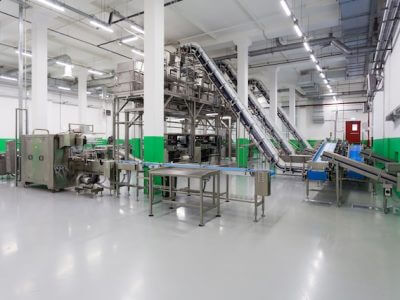
Asphalt, Cement & Quarrying
Dust and fume extraction are crucial for asphalt, cement and quarrying businesses to ensure a safe and compliant working environment. The production processes often generate significant amounts of airborne particulate matter, which can pose serious health risks to workers and nearby communities. According to the Australian Institute of Occupational Hygienists (AIOH), exposure to respirable dust and hazardous fumes in workplaces can lead to respiratory diseases and other health issues.
In Australia businesses are required to adhere to occupational health and safety standards set by Safe Work Australia. The “Occupational Exposure Limits for Airborne Contaminants” (OELs) established by Safe Work Australia provide guidelines on acceptable levels of exposure to various airborne substances. These standards highlight the importance of implementing effective dust and fume extraction systems to minimize workers’ exposure and maintain compliance with legal requirements.
The Australian Asphalt Pavement Association (AAPA) and Cement Concrete & Aggregates Australia (CCAA) also emphasize the significance of dust control measures in their industry guidelines. Proper extraction systems not only protect the health of workers but also contribute to sustainable and responsible business practices, aligning with the principles outlined in Australia’s National Dust Disease Taskforce recommendations.
Micronair will help design your dust and fume extraction system that is not only a legal requirement but also a proactive step towards fostering a safe and healthy working environment.
Composite & Plastics Processing
Dust and fume extraction play a crucial role in ensuring a safe and efficient working environment for composite and plastics processing businesses. When manipulating and transforming various materials, the generation of airborne particles and fumes is inevitable. Failure to address this issue can lead to serious health hazards for workers and compromise the quality of the final products.
According to the Australian Work Health and Safety Regulations, exposure to airborne contaminants must be minimized to protect the health and safety of workers. The inhalation of fine particles and fumes in composite and plastics processing can result in respiratory problems and long-term health issues. Implementing effective dust and fume extraction systems is essential for compliance with these regulations.
The Clean Air Society of Australia and New Zealand (CASANZ) also sets standards for air quality, emphasizing the need to control emissions from industrial processes. Composite and plastics processing businesses must adhere to these standards to mitigate environmental impacts and ensure sustainable practices.
Additionally, the Australian Industrial Chemicals Introduction Scheme (AICIS) mandates compliance with certain guidelines to manage chemical exposure in the workplace. Micronair has experience in providing dust and fume extraction systems that contribute significantly to meeting these requirements, safeguarding both the workforce and the environment.
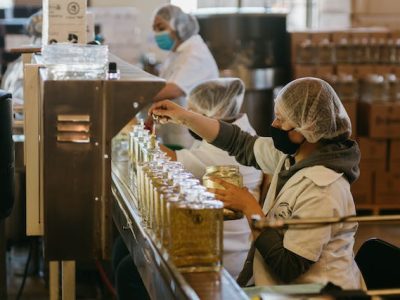
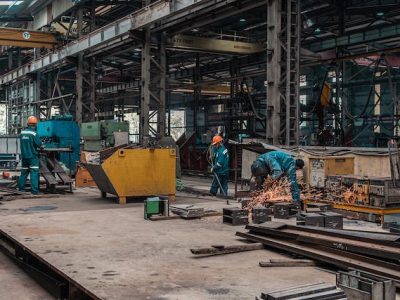
Construction Materials
When it comes to the manufacture of prefabricated construction materials, the imperative for dust and fume extraction stems from both environmental and occupational health considerations. Australian safety standards emphasize the need for robust extraction systems to mitigate the adverse effects of particulate matter generated during the production of prefabricated materials. The Work Health and Safety Act 2011 (WHS Act) and the Work Health and Safety Regulations 2011 set the framework for ensuring a safe and healthy work environment in Australia.
Dust and fumes generated during the manufacturing of prefabricated construction materials pose serious health risks to workers ranging from respiratory issues to long-term lung diseases. Compliance with Australian Standard AS/NZS 1715:2009, which outlines the selection, use, and maintenance of respiratory protective equipment, underscores the nation’s commitment to safeguarding the well-being of workers.
Micronair supports adherence to AS 2863:2001, the Australian standard for evaluating airborne particle deposition in industrial locations, guides manufacturers in establishing efficient dust and fume extraction systems to meet acceptable air quality levels. Embracing these standards is not just a legal requirement; it is a proactive approach to creating a safer, healthier work environment.
Engineering
Micronair provides dust and fume extraction systems that play a critical role in ensuring a safe and healthy working environment within engineering companies. Workplace safety standards emphasize the importance of controlling airborne contaminants to protect both workers and equipment. According to the Australian government’s Safe Work Australia, exposure to dust and fumes can lead to respiratory issues and long-term health problems, making it imperative for engineering companies to implement effective extraction systems.
Australian Standard AS/NZS 1715:2009 outlines the requirements for respiratory protective devices, emphasizing the need for engineering companies to control and minimize exposure to airborne particles. Additionally, AS 1668.2:2012 highlights the importance of effective ventilation systems to maintain air quality in industrial settings, further underlining the significance of dust and fume extraction.
Engineering companies often generate particulate matter and fumes during various processes, such as welding, machining, and material handling. In line with the National Pollutant Inventory (NPI) guidelines, these companies are urged to adopt extraction solutions to mitigate the release of potentially harmful pollutants into the air. Micronair has experience designing and installing system that work towards complying with these Australian standards so engineering firms not only prioritize the well-being of their workforce but also adhere to regulatory frameworks that promote a safe and sustainable working environment.
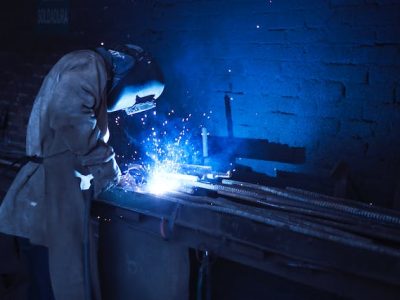

Glass, Fibreglass & Ceremic
During the production of glass, fiberglass, and ceramics your dust and fume extraction play a crucial role in ensuring a safe and efficient manufacturing environment. Australian industry standards and regulations underscore the necessity of effective extraction systems to mitigate health risks, improve product quality and comply with environmental standards.
According to the Australian Government’s Work Health and Safety (WHS) regulations, exposure to airborne contaminants, such as dust and fumes, must be minimized to protect workers’ health. In glass production, the melting and shaping of raw materials generate fine particles and fumes, including silica dust, which can pose severe respiratory hazards. Fiberglass manufacturing involves processing materials like glass fibers and resins, releasing airborne particulates and potentially harmful fumes. Similarly, ceramic production involves the manipulation of various powders and glazes, leading to the emission of dust particles.
Compliance with Australian standards, such as AS/NZS 1715 for respiratory protection and AS 62282 for hazardous area classification is essential for manufacturers. These standards emphasize the need for effective dust and fume extraction systems to maintain air quality within permissible limits, safeguarding workers and meeting environmental guidelines.
Micronair provides systems that exceed the Australian standards in dust and fume extraction to support businesses in the production of glass, fiberglass and ceramics. These system support protecting workers’ health, ensuring product quality and adhering to Australian safety and environmental standards.
Mining & Minerals
Australian mining standards, such as those outlined by Safe Work Australia, stress the imperative for companies to implement robust dust and fume control measures. These standards, notably the “Managing Risks of Hazardous Chemicals in the Workplace” Code of Practice, emphasize the importance of engineering controls like extraction systems to eliminate or minimize exposure to airborne contaminants.
According to the Australian Institute of Occupational Hygienists (AIOH), exposure to respirable dust in mining operations poses severe health hazards, including respiratory diseases and lung disorders. Effective extraction, meeting standards like AS/NZS 60079.10.1, is crucial in maintaining air quality within permissible limits.
Dust and fume extraction play a pivotal role in ensuring the safety and environmental compliance of mining and minerals companies in Australia. The mining industry, inherently associated with the generation of substantial airborne particulate matter, necessitates effective extraction systems to mitigate health risks for workers and minimize the impact on surrounding ecosystems.
Micronair provides extraction systems to leading mining companies to assist with compliance with the Environment Protection and Biodiversity Conservation Act 1999 that mandates mining companies to adopt extraction technologies that curb emissions, aligning with Australia’s commitment to sustainable and responsible resource extraction. Supporting these Australian standards is imperative for mining and minerals companies to ensure worker well-being, environmental preservation and regulatory compliance through the implementation of effective dust and fume extraction systems.
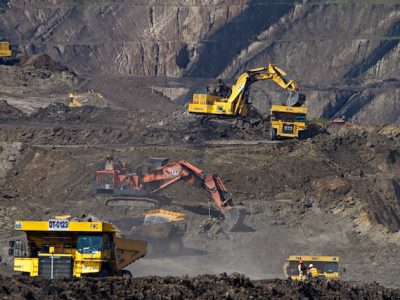

Recycling & Waste
According to the Australian Institute of Occupational Hygienists (AIOH), exposure to airborne contaminants during recycling and waste handling can pose significant health risks. Australian Standard AS/NZS 62241.2:2018 outlines the requirements for the design, selection and operation of local exhaust ventilation (LEV) systems, emphasizing the need for efficient extraction to minimize exposure to harmful substances.
In recycling facilities, Micronair’s dust and fume extraction systems are commonly integrated into various stages of the process. Shredding, sorting and compacting activities generate airborne particles that, if left uncontrolled, can lead to respiratory issues among workers. Employing high-performance extraction systems, as recommended by Safe Work Australia, helps mitigate these risks ensuring compliance with occupational health and safety guidelines.
Effective dust and fume extraction is crucial in the realm of recycling and waste handling, playing a pivotal role in maintaining a safe and healthy working environment. In Australia, stringent regulations and standards underscore the importance of controlling airborne particles and pollutants associated with these processes.
By adhering to Australian standards and implementing robust dust and fume extraction measures, the recycling and waste handling industry not only safeguards the well-being of workers but also contributes to sustainable and responsible waste management practices in the country.
Transportation
Transport companies can utilize state-of-the-art extraction technologies, such as high-efficiency particulate air (HEPA) filters and local exhaust ventilation, to capture and remove pollutants at the source. Compliance with standards like AS/NZS 4130:2009 for welding fume control further ensures that transport companies meet regulatory obligations.
Micronair’s dust and fume extraction play a crucial role in enhancing occupational health and safety within the transport industry. Australian transport companies, which operate diverse fleets of vehicles, are exposed to various pollutants such as diesel exhaust fumes and airborne dust particles. Implementing effective dust and fume extraction systems is imperative to mitigate the health risks associated with prolonged exposure.
According to the Australian Institute of Occupational Hygienists (AIOH), airborne contaminants in the transport sector pose serious health concerns for workers, including respiratory issues and long-term health hazards. Australian Standard AS/NZS 4452:2011 outlines the requirements for the control of airborne contaminants in the workplace, emphasizing the importance of effective extraction systems to minimize exposure levels.
By investing in dust and fume extraction, Australian transport companies not only safeguard the well-being of their workforce but also align themselves with national occupational health and safety standards, contributing to a healthier and more sustainable working environment.
